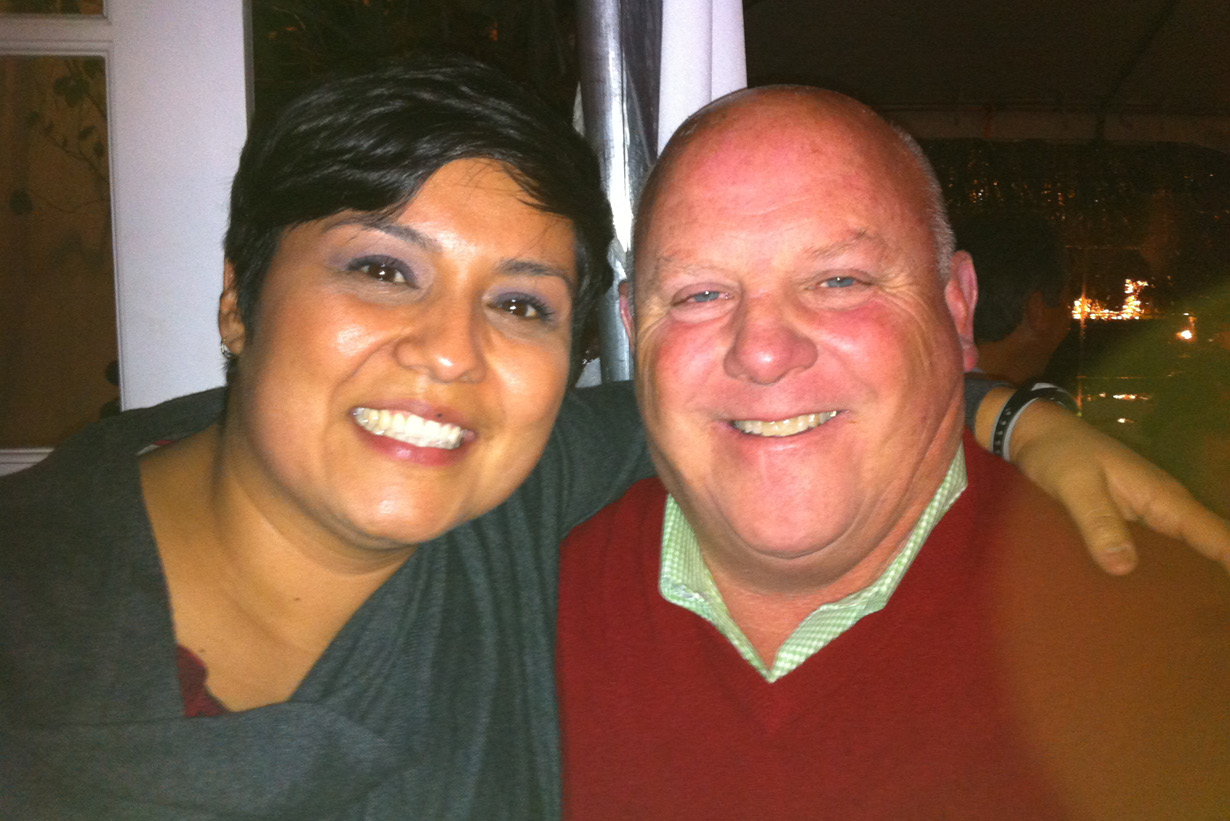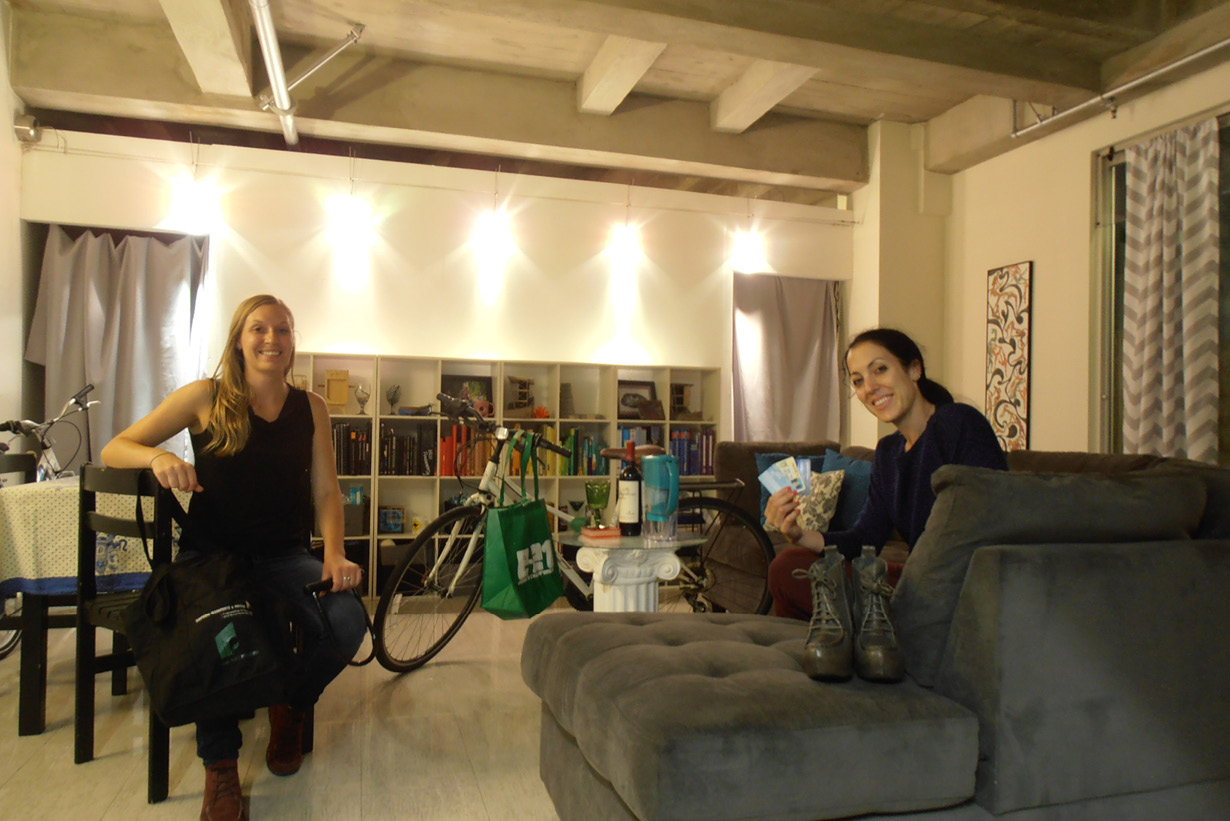Bob Holloway, former Captain at LAFD and currently enjoying “retirement” as a fire-life safety consultant, has been at the forefront of the Adaptive Reuse movement since the beginning. During its development and through the first ten years of its implementation, Bob was always the voice of practicality and reason, thinking out of the box to find solutions to some of the most vexing safety issues in the historic core. His work continues today assisting developers (and architects) create safe, economical, and beautiful projects from the vacant shells of downtown’s older office buildings. KFAer John Arnold sat down with ex-Capt. Bob to talk shop about the ARO’s past, present and future.
Fifteen years into the ARO’s adoption, what is your assessment of it?
The ARO has been hugely successful beyond anyone’s imagination. When we first started, we didn’t think it would go much beyond a few loft buildings in the historic core, and now it is growing outward into all corners of the city with projects that go way beyond the loft concept.
To what do you attribute its success?
The ARO was the first time that the Fire Department and LADBS worked together to create an ordinance. Before, with the old Dorothy Mae and Regulation 4 standards, the departments were acting independently to help fix the problems with all these old buildings. The solutions were pretty flawed – they were just band-aids to help these buildings be a little bit safer. With the ARO, the departments worked together, along with architects and politicians, to address all the issues as a whole to bring these buildings up to their full potential, allow for a change of use, keep their character, and to hugely increase their safeness.
Any good stories about the good old days?
When I was a rookie firefighter, we would be called to the Hotel Cecil weekly to put out mattress fires. More than once it was my job to go into a smoky room, roll up a smoldering mattress, and get it out of the building. That building was a mess inside.
What is your favorite ARO project?
Well, Tom Gilmore was the first to do it, so we always have to give kudos to his projects in the Old Bank District. But I think the Ace Hotel is my favorite as an ideal of adaptive reuse. After all these years with the ARO, it is great mix of new life-safety interventions with ARO standard provisions for a terrific new use. And seeing that stretch of Broadway come to life is an eye-opener – again, something beyond our imagination back in the early days that the ARO would be so far-reaching into what were then dead areas of downtown.
What about hotels? Why aren’t they given the full range of ARO benefits that live-work residential projects get?
When we wrote the ARO, we didn’t have an idea how well it would work, and there wasn’t a lot of talk about hotels, so the Division 85 provisions were reserved for live-work. Now that we see the impact of the ordinance, and that we really haven’t had any problems with it, I think it will become more inclusive and will only be a matter of time before hotels are included. As it is, we are writing modifications, which are getting approved for the most part, to get similar Division 85 provisions for hotels, so it seems like a natural step to include hotels fully in the ARO. They should be a done deal.
Do you have any advice for developers looking at buildings for reuse?
Due diligence. Take a good look at your building and make sure there is a way to make it work for the reuse, and that you’re willing to take the necessary steps to make it compliant to the ARO. Though we have had good success in figuring out “impossible” situations for life-safety issues, that isn’t always the case. Avoid that heartache and cost with legwork up front. And hire a good fire-life safety consultant.

